Ski mountaineering is a gear intensive sport—you need the right stuff, and only the right stuff. It’s a sport where every gram matters, and you can't skimp on quality. You don’t want gear breaking down at 14,000 feet, trust us. With the perfect setup, you’ll be tagging snow-covered summits in no time. We asked Utah-based ski mountaineer Noah Howell, who has climbed peaks everywhere from Alaska to Antarctica, for his picks on what you need to get started.
Voile Vector Ski ($575)
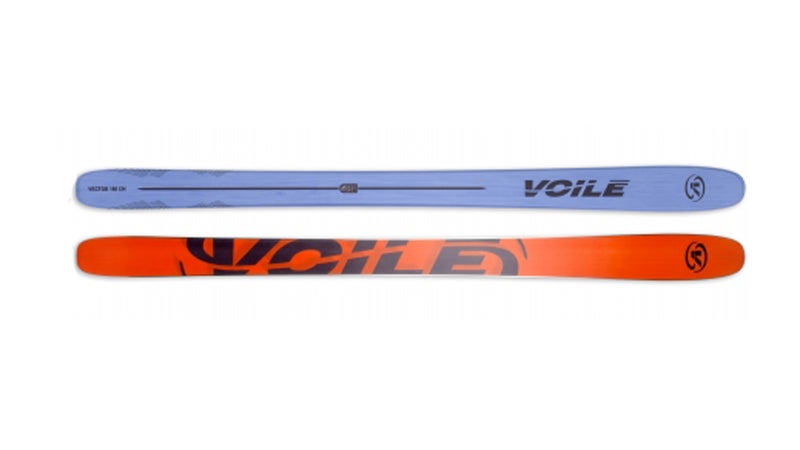
“T��� is a really good balance between weight and performance,” Howell says. “I skied them in New Zealand and they were a nice all-around ski for steep, technical turns and for the little bit of pow we found.” The Vector comes in three lengths (160, 170, and 180 centimeters) and hovers around 96 millimeters underfoot. It’s lightweight, thanks to carbon fiber and a feathery aspen wood core, and built for long backcountry tours.
Dynafit TLT Speed Radical Binding ($400)
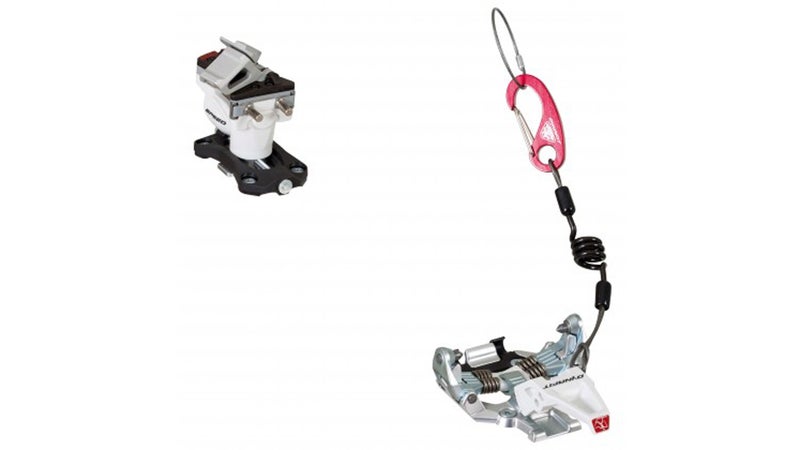
“T��� is my binding of choice,” says Howell. “It’s light, simple, well tested, and proven.” The TLT is all about cutting weight—it tips the scale at less than a pound. But it doesn’t sacrifice performance. You can still trust this binding on the steepest, longest descents.
Scarpa Maestrale Boot ($599)
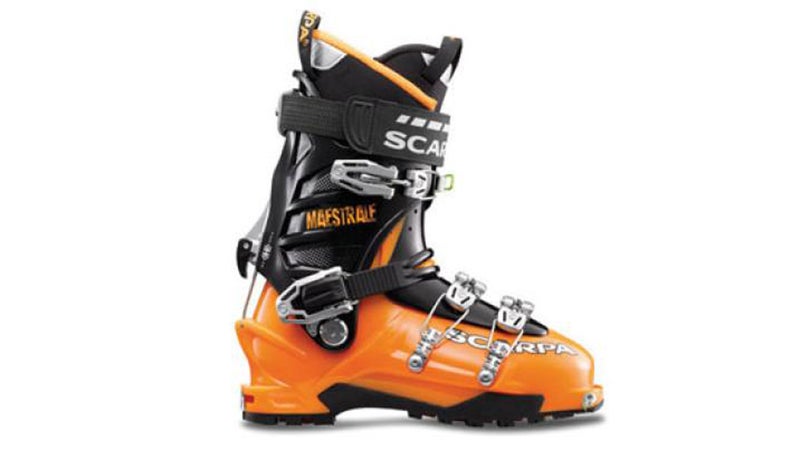
You want a boot that’s lightweight and comfortable for logging lots of vertical feet uphill but also shines on the descent. “T��� does great downhill and has a good range of motion for touring,” Howell says. “Plus, it takes a crampon really well.”
Black Diamond Venom Ax ($150) and Sabretooth Crampon ($180)
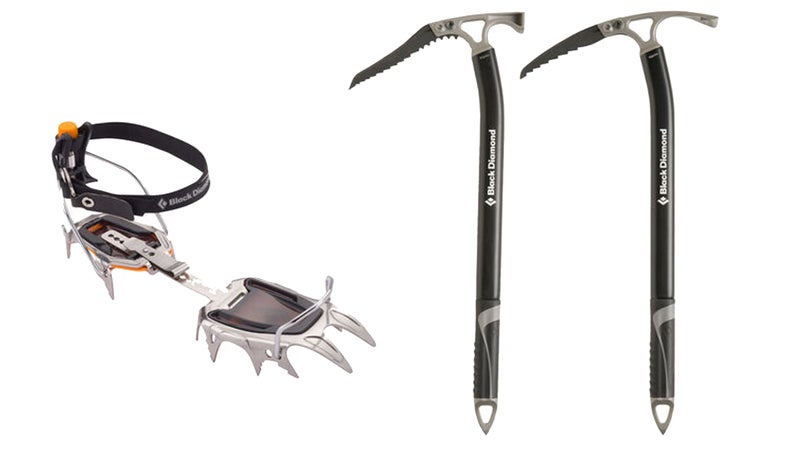
You’ll need an ice ax or two, plus crampons. “For ice axes, I’m a big fan of the if you’re going to encounter real ice or the if it’s going to be just firm snow,” Howell says. “And for crampons, for snow use only, the ($150) is a great lightweight option. If you encounter ice, you'll want a steel crampon—try the .”
Arc’teryx Gamma AR pants ($199)
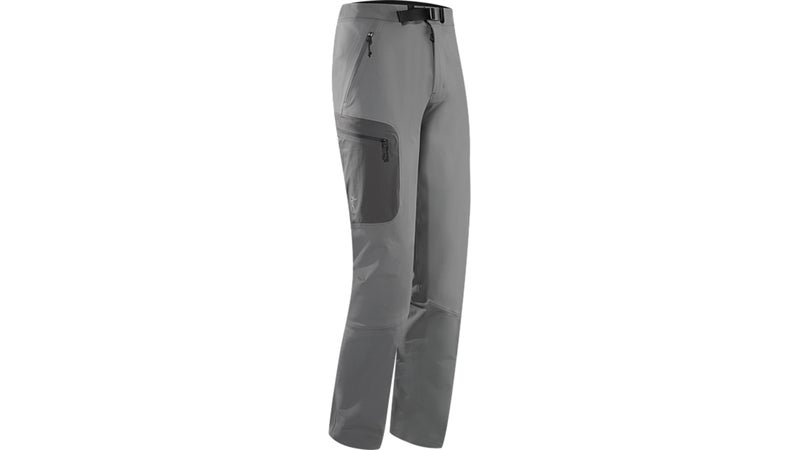
“Softshell pants are ideal for ski mountaineers, and thankfully they’re not as tight as they used to be,” Howell says. “I’d recommend the .” The pants, made with a stretchy softshell fabric, offer abrasion resistance from rock and ice and ample mobility for moving up and down the mountain.
Mountain Hardwear Stretch Ozonic Jacket ($200)
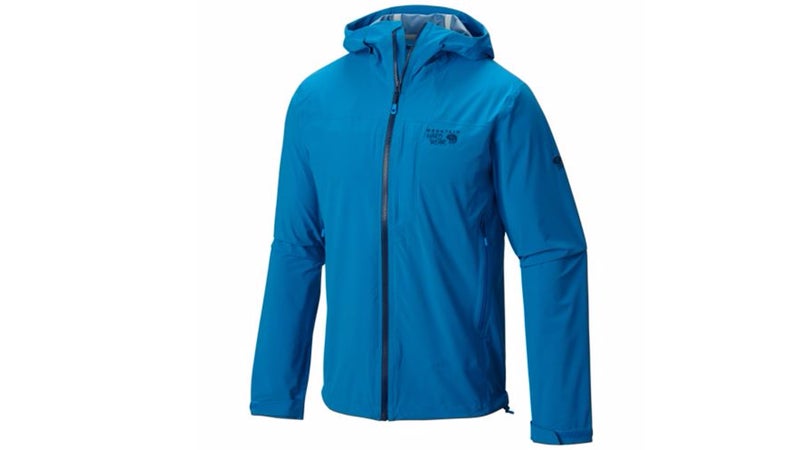
“For a jacket I’d go with the ,” Howell says. “It’s a nice lightweight weatherproof shell that’s more for spring skiing, not full-on blizzards, but it breathes really well.” The Stretch Ozonic Jacket has pit zips for ventilation, a hood for storm protection, and a 40-Denier exterior shell for long-lasting durability.
Patagonia Ascensionist Pack ($179)
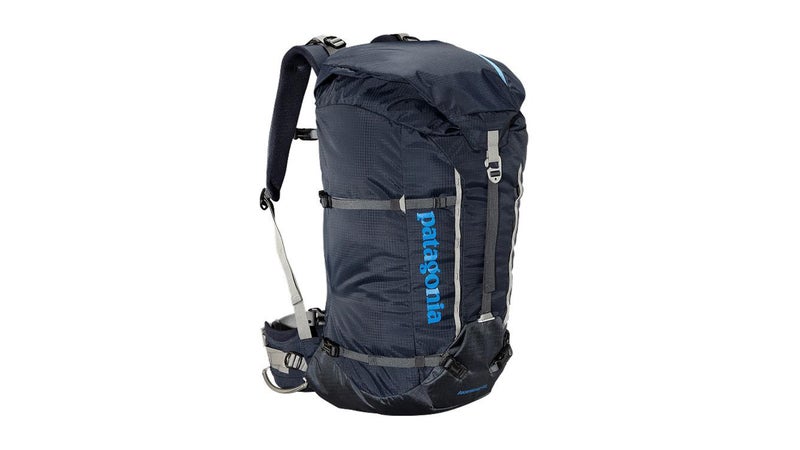
Stash all your gear in a large, lightweight backpack. “My recommendation would be the ,” Howell says. “You want a 40-plus-liter pack so you can fit your ropes, helmet, first aid and repair kit, extra layers, and more.” The Ascensionist pack is lean and tough, carries skis easily, and has 45 liters of space.
Black Diamond Couloir Harness ($60)
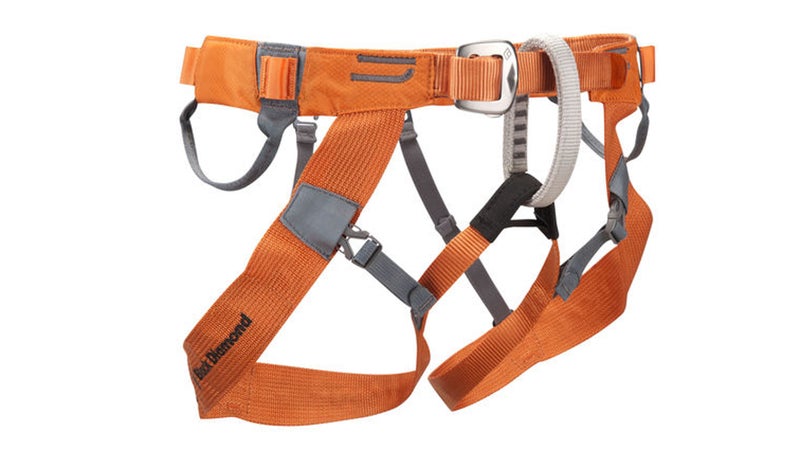
You could find yourself skiing amongst glaciers and crevasses, so get a harness. “ is the standard and it’s good for easy on and off, it’s lightweight, and it can hold a small rack. Plus, it’s durable,” says Howell.


